

Industrial design is the soul of product innovation.
Through user research, ergonomic optimization, and aesthetic creativity, we translate functional needs into intuitive and delightful experiences. Our focus lies in balancing beauty with practicality, integrating materials science and Design for Manufacturing (DFM) to deliver market-ready products that resonate with users.
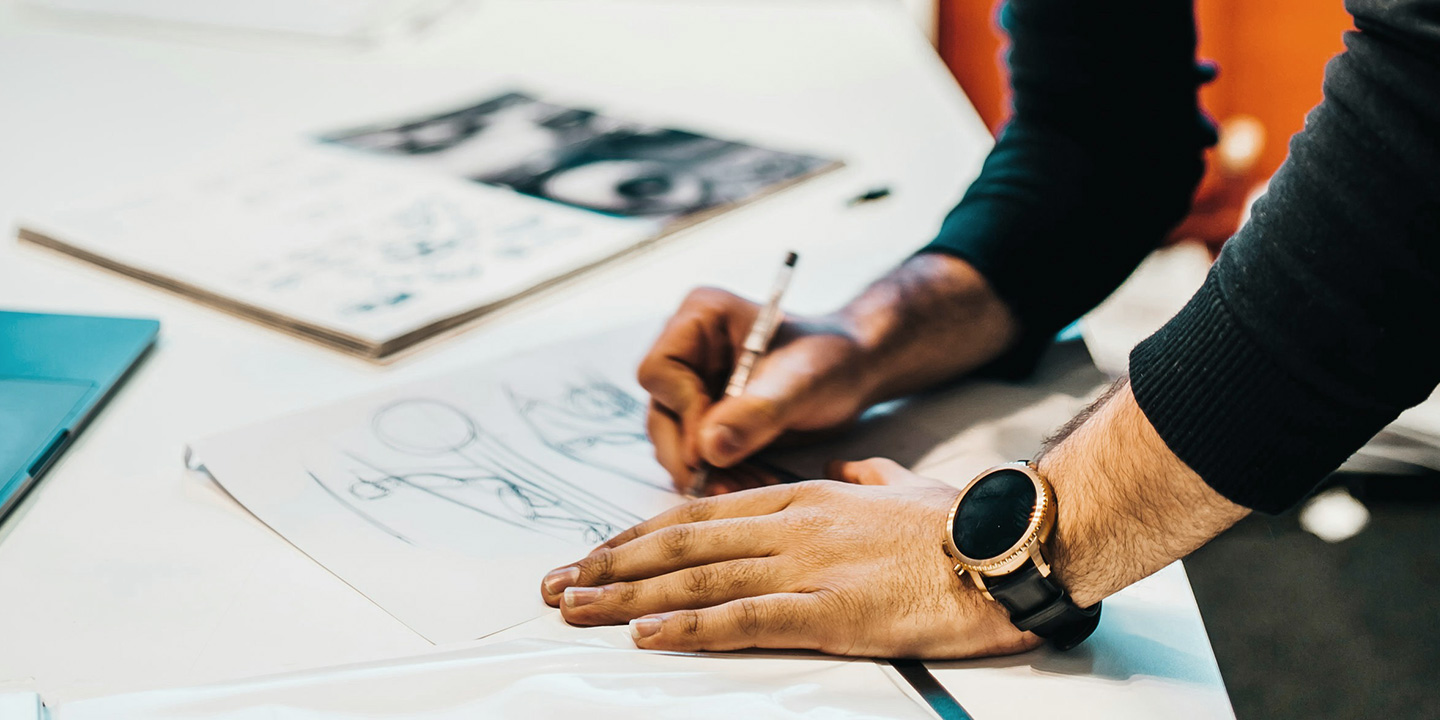
We start by decoding your audience: Who are they?
How will they interact with the product? What emotional and functional value will make them advocates?

Products sell through desire, not just specs. Our designs marry visual appeal with intuitive usability – the formula for viral customer loyalty.

ID teams collaborate with engineering experts to ensure designs are both beautiful and manufacturable. With 20+ years bridging Eastern production expertise and Western design philosophies, we empower global brands to scale seamlessly.


Step.1 Understand the key elements contained in the product orientation to know what ideas the design conveys;
Step.2 Understand the structural hardware configuration and overall dimensions;
Step.3 Understand the functional modules and degree of difficulty for implementation.


Step.1 Creative conception;
Step.2 Brainstorming;
Step.3 Freehand sketching design.
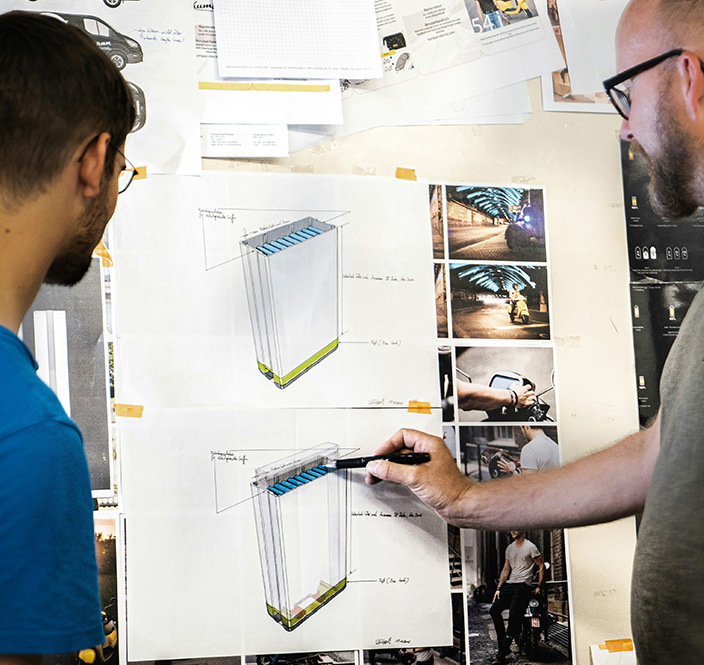

Step.1 Product silk screen color design;
Step.2 Internal review of the product silk screen color design plan;
Step.3 Exterior process documenting.

Step.1 3d proposal;
Step.2 3d plan refining.

Step.1 Creative conception;
Step.2 Brainstorming;
Step.3 Freehand sketching design.

Step.1 Analysis of the 2d exterior concept sketch;
Step.2 Quick presentation of the 2d effect;
Step.3 Internal review of the 2d plan;
Step.4 Design detail modification (discuss with structural engineers about the design details of the structural implementability).

Step.1 3D modeling design;
Step.2 Internal review of the 3d plan;
Step.3 Model detail modification (optimize the overall shape and specific parts).
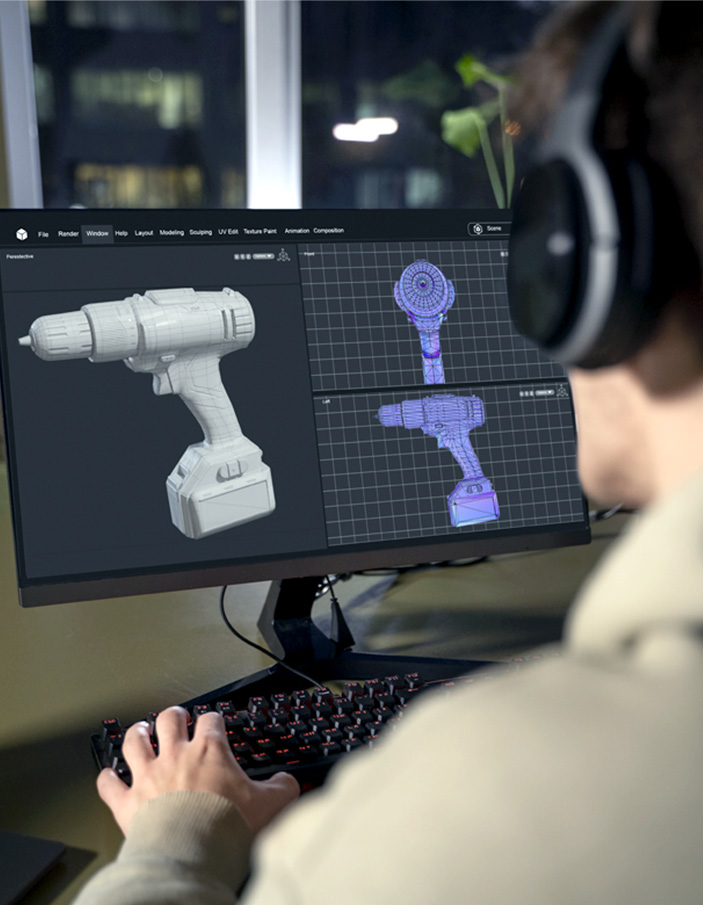
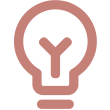

Concept
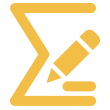

EVT
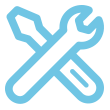

DVT
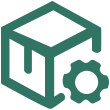

PVT
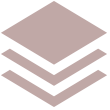
MP
What are the key stages of your industrial design process, and how long does it take ?

Our end-to-end process spans 5 phases (average 6-8 weeks, customizable for complexity):
① Research & Insights (1 week): User behavior analysis + competitive benchmarking
② Concept Development (2 weeks): 3-5 differentiated proposals (sketches/mood boards)
③ 3D Modeling (2 weeks): High-resolution renderings + functional prototypes
④ CMF Design (1 week): 3 material/color/finish options with physical samples
⑤ DFM Optimization (2 weeks): Joint engineering reviews for manufacturability
How do you balance innovation with market viability?

Dual validation framework:
① Technical Feasibility: Patent screening + rapid prototyping (FDM/SLA)
② Market Alignment: Refined via 3,000+ user feedback database
Case Study: A baby care brand’s UV sterilizer design achieved 41% NPS boost after journey mapping optimization.
What criteria guide your material selection?

A Performance-Cost-Sustainability matrix:
① 150+ Material Library: Bio-based polymers, self-healing coatings, recycled alloys
① Prototyping Validation: Surface texture/finish testing via CNC/3D printing
② Cost Scaling: ROI-driven solutions (e.g., optimized wall thickness for injection molding)
How do ID teams collaborate with engineering teams?

Parallel Development Protocol:
① Cloud-Based Sync: Real-time design reviews (annotate ID-MD conflicts)
① Biweekly Alignment: Cross-functional checks (draft angles/assembly logic)
② Unified Deliverables: STEP files + 2D drawings + BOM recommendations
How is intellectual property (IP) handled?

Flexible IP models:
① Full Ownership: Client retains 100% rights (contract-specified)
① Co-Development: Shared patent ownership based on contribution
② Deliverables: Source files (Rhino/Keyshot) + process documentation
We use cookies to ensure that we give you the best experience on our website. By clicking "Accept All", you consent to our use of cookies. Learn more.
Please fill out the form and we'll get back to you shortly.
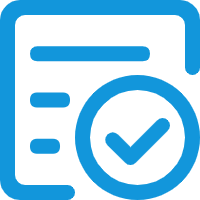
Your submission has been received !
Thank you for your submission.
We will get back to you within 24 hours and appreciate your patience.
Enter your details to receive the toolkit for free.